I am migrating from using UIAlertView to the UIAlertController introduced in iOS 8. However, I am seeing a few strange view issues I don't see when using UIAlertView. First, when displaying an alert, the status bar text doesn't dim:
Also, after displaying the status bar, the back arrow in the UINavigationController is now set to the application's tintColor rather than the white tintColor I set for the UINavigationBar. This affects other UINavigationBar elements throughout the application, such as Add (+) buttons and Edit buttons. Before displaying the UIAlertController, all of the bar button items were showing up as white.
I'm at a loss here. My code for displaying the alert is very straightforward:
UIAlertController *view = [UIAlertController alertControllerWithTitle:VALIDATION_TITLE message:text preferredStyle:UIAlertControllerStyleAlert];
[view addAction:[UIAlertAction actionWithTitle:VALIDATION_BUTTON_OK style:UIAlertActionStyleDefault handler:nil]];
[self presentViewController:view animated:YES completion:nil];


